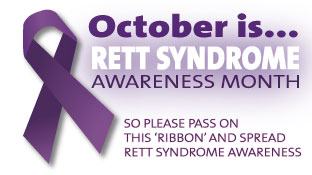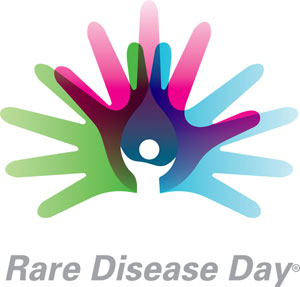
Rett syndrome is a rare, severe, “girls only” form of autism. It’s usually discovered in the first two years of life, and a child’s diagnosis with Rett syndrome can feel overwhelming. Although there’s no cure, early identification and treatment may help girls and families who are affected by Rett syndrome.
Who Gets Rett Syndrome?
Rett syndrome is an autism spectrum disorder that affects girls almost exclusively. It’s rare — only about one in 10,000 to 15,000 girls will develop the condition.
In most cases of Rett syndrome, a child develops normally in early life. Between 6 and 18 months of age, though, changes in the normal patterns of mental and social development begin.
What Are the Symptoms of Rett Syndrome?
Although it’s not always detected, a slowing of head growth is one of the first events in Rett syndrome. Loss of muscle tone is also an initial symptom. Soon, the child loses any purposeful use of her hands. Instead, she habitually wrings or rubs her hands together.
Around 1 to 4 years of age, social and language skills deteriorate in a girl with Rett syndrome. She stops talking and develops extreme social anxiety and withdrawal or disinterest in other people.
Rett syndrome also causes problems with muscles and coordination. Walking becomes awkward as girls develop a jerky, stiff-legged gait. A girl with Rett syndrome may also have uncoordinated breathing and seizures.
What Causes Rett Syndrome?
Most children with Rett syndrome have a mutation in a particular gene on the X chromosome. Exactly what this gene does, or how its mutation leads to Rett syndrome, isn’t clear. It’s believed that the single gene may influence many other genes involved in development.
Although Rett syndrome seems to be genetic, the faulty gene is almost never inherited from the parents. Rather, it’s a chance mutation that happens in the girl’s own DNA. No Rett syndrome risk factors have been identified, other than being female. There is no known method for preventing Rett syndrome.
When boys develop the Rett syndrome mutation, they die shortly after birth. Because boys have only one X chromosome (instead of the two girls have), the disease is more serious, and quickly fatal.
How Is Rett Syndrome Diagnosed?
A diagnosis of Rett syndrome is based on a girl’s pattern of symptoms and behavior. The diagnosis can be made on these observations alone. Discussions between a doctor and a girl’s parents will help determine important details, such as when symptoms started.
Genetic testing can help confirm the diagnosis in 80% of girls with suspected Rett syndrome. It’s possible that genetic testing can help predict severity.
Treatments for Rett Syndrome
There are treatments available for Rett syndrome that focus on helping a girl live the best life she can with the condition. Physical therapy can help improve mobility; speech therapy may help somewhat with language problems; and occupational therapy helps girls perform daily activities — like bathing and dressing — independently.
Experts believe that therapy can help girls with Rett syndrome and their parents. Although a “normal” life may not be possible, some improvement can be expected with therapy. Participating in activities — including school — and improved social interaction are sometimes possible.
Medicines can treat some of the problems with movement in Rett syndrome. Medication can also help control seizures. Unfortunately, there is no cure for Rett syndrome.
What to Expect With Rett Syndrome
Many girls with Rett syndrome can be expected to live at least into middle age. Researchers are still following women with the disease, which was only widely recognized in the past 20 years.
Symptoms of Rett syndrome don’t usually improve over time. It is a lifelong condition. Often, there is a very slow worsening of symptoms, or symptoms remain stable. Girls and women with Rett syndrome will rarely be able to live independently.


